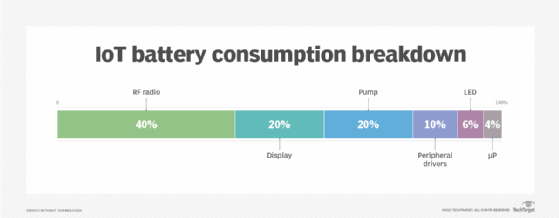conductance
What is conductance?
Conductance is an expression of the ease with which electric current flows through materials like metals and nonmetals. In equations, an uppercase letter G symbolizes conductance. The standard unit of conductance is siemens (S), formerly known as mho.
Conductance is essentially a property found in good conductors of electricity, like aluminum and copper. Atoms and molecules in metals like these are in a state of random motion, which causes the electrons in the outer shells to move out of orbit and become free electrons. These free electrons can move from atom to atom. Whenever there is a potential difference, they travel from low potential to high potential.
The temperature and pressure of these materials also play important roles. They affect the random motion of the atoms and molecules in metals. If the temperature is constant, people can calculate the conductance of the material.
What is conductance in electricity?
Conductance in electricity is considered the opposite of resistance (R). Resistance is essentially the amount of friction a component presents to the flow of current. It's a reciprocal relationship between conductance and resistance and is expressed through the following equations:
R = 1/G, G = 1/R
The lower the conductance, the greater is the resistance and vice versa.
We can make resistors using a wide variety of materials. The choice of material depends on factors such as the precision needed, desired resistance and dissipation of energy.
What is conductance measured in?
When a current of 1 ampere (A) passes through a component across which a voltage of 1 volt exists, then the conductance of that component is 1 S. Siemens is equivalent to 1 A per volt.
If G is the conductance of a component in S, I is the current through the component in amperes, and E is the voltage across the component in volts, then conductance can be expressed through the following equation:
G = I/E
Whenever the applied voltage is held constant, the current in a direct current circuit is directly proportional to the conductance. If the conductance is doubled, the current is also doubled.
If the conductance is cut to one-tenth its initial value, then the current also becomes one-tenth as excellent. This rule also holds for most low-frequency alternating current (AC) systems, such as household utility circuits.
In some AC circuits, especially at high frequencies, the situation is more complex because some components in these systems store and release energy and dissipate or convert it. In this scenario, you can express resistance through the following equations:
R = 1/G, G = 1/R
The Greek letter omega (Ω) – the symbol for ohm -- can also represent resistance. An ohmmeter can be used to measure resistance. However, low resistance levels cannot be measured accurately by simple ohmmeters. This is because the resistance of the test leads impact the measurement. Four-terminal sensing devices provide more accurate measurements as they remove the resistance of the test leads.
The total parallel resistance is less than any individual branch of resistance. This is because parallel resistors always resist less together than separately. In contrast, total parallel conductance is consistently greater than any particular branch of conductance because parallel resistors conduct better together than separately.
What is the difference between conductance and conductivity?
Conductivity represents the degree to which any given material conducts electricity in an existing system. Conductivity also represents the ability of an object to transmit heat and sound. We can calculate it as a ratio based on the material's current density to the electric field that generates current flow.
For example, you can calculate the amount of energy that flows through an electrical circuit. Conductance describes the extent of an object's ability to conduct electricity under ideal conditions. It is an estimated value.
In this scenario, it will also depend on the conductor's dimensions.
What is conductance in electronics?
In an electrical circuit, the electrical conductance of a component is essentially a property of a component that describes how the current in the component is directly related to the electrical potential difference, or voltage, across it.
What is battery conductance?
In a battery, conductance describes its ability to conduct current and its allowance of current flow. In this case, at low frequencies, ohm measurements of the conductance of a battery indicate the battery's state of health.
It is a linear correlation to a battery's timed discharge capacity. The battery's internal conductance and resistance are inversely proportional to one another. This means that, as one rises, the other falls.

What is conductance in neurons?
In simple terms, a neuron is a conductance-based model that is represented by a single isopotential electrical compartment. It neglects ion movements between subcellular compartments and represents only ion movements between the inside and outside of the cell.
Ions move through the cell membrane across specific ion channels. Whenever these channels open, the electrical conductance and permeability to their respective ions increase.
This leads to a change in its membrane potential.







